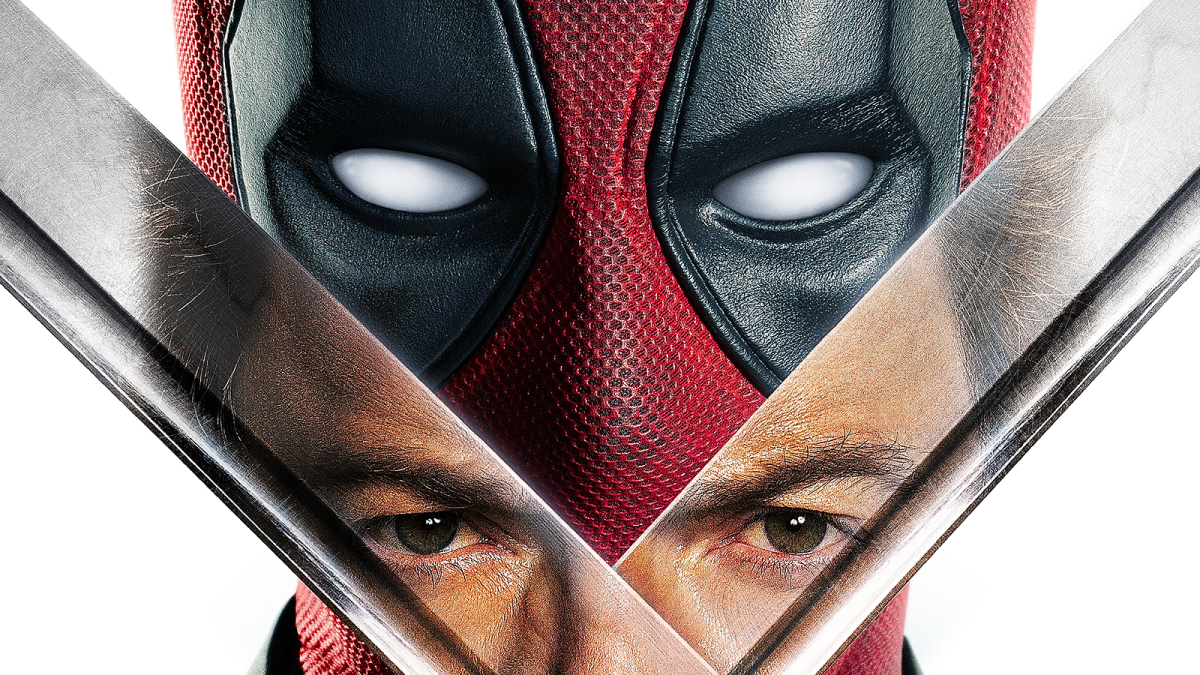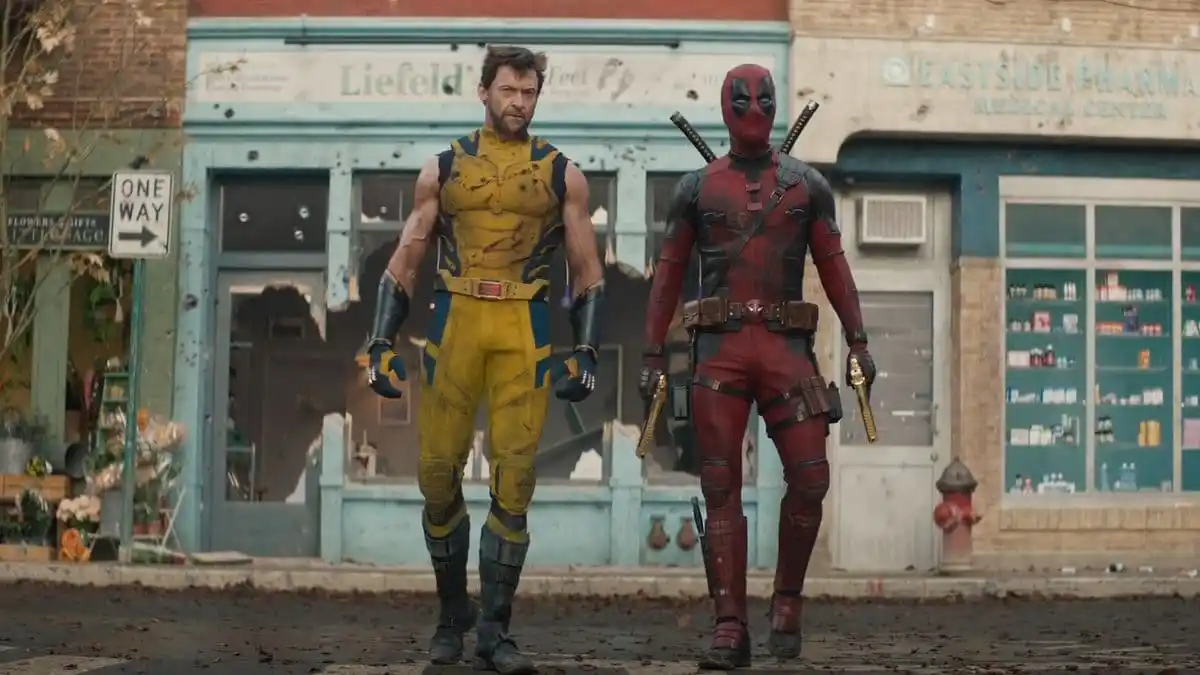Avatar is receiving a surprise theatrical re-release in China this weekend.
The re-release is not about preparing the market for Avatar’s (long-delayed) sequels, the first of which is scheduled for late 2022. Instead, it is largely about testing the appetite of a resurgent Chinese theatrical audience for more Hollywood blockbusters. Asia has made an impressive recovery from the pandemic, and cinemas have benefited. Two of the three highest-grossing movies of 2020 were Chinese films, and movies like Hi, Mom and Detective Chinatown 3 are thriving.
Avatar will probably earn the $7.4M that it needs to supplant Avengers: Endgame and re-establish its position as the highest-grossing movie of all time, not adjusted for inflation. Even if Avatar doesn’t dethrone Endgame in this release, it seems likely that it will during next year’s inevitable global re-release building to the sequel. Fans can look forward to a year of conversations about how nobody talks about Avatar, except when people talk about how nobody talks about Avatar.
Still, more than a decade after its original release, Avatar remains a fascinating cultural marker. The movie’s minimal cultural footprint is compelling in itself, a reminder of a time when a movie didn’t need a shared universe to break box office records and the highest-grossing movie of all time didn’t arrive with an overzealous fan base fixated on what Martin Scorsese thinks about them. By all accounts, a lot of people saw Avatar, enjoyed Avatar, and then went about their lives.
Discussions of Avatar fixate on the film’s obvious debt to Dances with Wolves, the 1991 Best Picture winner starring Kevin Costner as a Union soldier who lives among a tribe of Sioux and is accepted as one of them. Cameron acknowledged this debt even before Avatar hit cinemas. South Park described Avatar, not unfairly, as “Dances with Smurfs.” Avatar belongs to the subgenre of stories about white men who “go native” by immersing themselves in indigenous cultures, like Pocahontas.
![]()
In some ways, Avatar is the perfect culmination of trends in 1990s pop culture concerning indigenous populations, such as the appropriation of Native American culture or the fetishization of Native American spirituality by the New Age movement. If films like Dances with Wolves made white men the heroes of stories about indigenous populations, Avatar took the idea to its extreme, erasing anything except a condescending caricature of indigenous populations.
While these criticisms are perfectly valid and help to contextualize the film, they miss another rather large influence on Cameron’s box office smash. Avatar often feels like an update of James Cameron’s first blockbuster, an attempt to recreate and reframe a lot of Aliens as a PG-13 adventure movie. Watching the two movies back to back, it occasionally feels like Cameron is essentially remaking his first big studio film as a more transparent and calculated four-quadrant crowd-pleaser.
To be fair, some of this could be subconscious or accidental. After all, a lot of directors have familiar themes and ideas that they like to revisit: Christopher Nolan is obsessed with the inescapability of time, Steven Spielberg returns time and again to absent fathers. It’s possible to chalk some of these similarities up to the reality that a lot of writers and directors regularly recycle imagery and ideas, often without even realizing it.
A lot of the similarities between Avatar and Aliens are structural and stylistic. They don’t necessarily suggest a conscious correlation between the two films so much as Cameron’s interest in particular tropes and images. To pick an obvious example, both Avatar and Aliens open on the main character waking up from an extended hibernation after a long journey through space, suggesting the fairytale Sleeping Beauty.

There are visual echoes; the mech suits in Avatar cannot help but evoke the iconic loader from Aliens. There are familiar characters; both Parker Selfridge (Giovanni Ribisi) and Carter Burke (Paul Reiser) are that familiar spineless corporate executive archetype popular in 1980s cinema. Cameron even reunites with Sigourney Weaver — who earned an Oscar nomination for her work on Aliens — appropriately cast as the resident expert on alien populations in Avatar.
However, there are more fundamental parallels at play. Both Aliens and Avatar are movies about a technologically superior force that finds itself at odds with a less technologically advanced opponent that handily outmaneuvers it. This narrative template is essentially the pop cultural memory of the Vietnam War framed through the lens of science fiction, recalling both the original Star Wars and Return of the Jedi.
Cameron drew heavily from the Vietnam War in writing Aliens, even working on the script for Rambo: First Blood Part II at the same time. However, if anything, the Vietnam parallels are more obvious in Avatar. While Avatar was framed as a movie about the War on Terror, particularly in the context of the following year’s Best Picture race that found the movie competing against Kathryn Bigelow’s The Hurt Locker, most of the film’s visual signifiers are taken directly from Vietnam.
While “unobtanium” is a transparent metaphor for oil, Pandora is presented as a jungle world rather than a desert world. The military uses futuristic troop-carrying helicopters rather than drones. Even pilot Trudy Chacón’s (Michelle Rodriguez) aviator sunglasses recall iconic images of Vietnam, as do the shots of soldiers leaning out of those helicopters with their assault rifles. Jake Sully’s (Sam Worthington) first foray into the wilderness owes more to Platoon than to The Hurt Locker.
![]()
At a basic thematic level, both Aliens and Avatar are stories of colonization of alien worlds driven by a combination of military and industrial interests. Both Aliens and Avatar use the definite article “the company” to refer to their monopolistic corporations — Weyland-Yutani in Aliens and the Resources Development Administration in Avatar. Both films depict a state or planetary military that acts as enforcer for these commercial interests.
In Aliens, Weyland-Yutani attempts to terraform LV-426, hoping to transform the atmosphere into one capable of supporting human life through Atmosphere Processors. In Avatar, Pandora is similarly hostile to human life, but the company is orchestrating a different sort of transformation. Selfridge insists that the company has tried to provide the indigenous population with “medicine, education, roads,” as if to remake the planet in its own image.
Of course, the aliens themselves are radically different. In Aliens, the xenomorphs are the manifestation of a cruel and nihilistic universe. In Avatar, the Na’vi are a romanticized indigenous culture with a rich set of history and traditions that Jake comes to understand and respect. However, there are still parallels. The theme of hybridization runs through both Aliens and Avatar, with human and alien melding and merging; Aliens presents it as a nightmare, Avatar as an opportunity.
In Avatar, humans talk about the Na’vi in ways that would seem more applicable to the xenomorphs. Colonel Miles Quaritch (Stephen Lang) presents a vision of the planet that would seem more at home in the Alien franchise. “Out there, beyond that fence,” he warns the new recruits, “every living thing that crawls, flies, or squats in the mud wants to kill you and eat your eyes for jujubes.” Even Selfridge sees the Na’vi as primitive animals, describing them as “savages” and “blue monkeys.”

As such, Avatar feels like a family-friendly riff on Aliens, with the emphasis shifted slightly. In Aliens, the hostile alien threat was monstrous. In Avatar, it is idealized. While Aliens extended its sympathy to the marines and the colonists, even as it was wary of the company, Avatar roots its perspective with the planet’s alien inhabitants. It’s an interesting shift, and it’s notable that Avatar smooths the rough edges of Aliens to repackage the narrative in a more crowd-pleasing manner.
Maybe Avatar can be understood as a weird precursor to the recent wave of PG-13 revamps of classic 1980s and early 1990s movies. Three years later, Sony would try and fail to remake Paul Verhoeven’s Total Recall as a four-quadrant blockbuster starring Colin Farrell. Two years after that, the company would make a similar effort with Verhoeven’s RoboCop. The trend continues to this day, with Coming 2 America offering a family-friendly PG-13 sequel to an R-rated comedy smash.
In each case, the result is a film that feels toothless in comparison to the original, with the more biting and probing observations stripped out in favor of more conventional and wholesome family-friendly messaging. It is a fascinating trend that perhaps suggests the direction of blockbuster cinema. After all, while Aliens is regarded as a classic of 1980s cinema and was the fifth highest-grossing movie of 1986 at the domestic box office, it’s not receiving a high profile re-release.
Perhaps Avatar has had a much more subtle influence than most give it credit for.





Published: Mar 14, 2021 01:12 pm